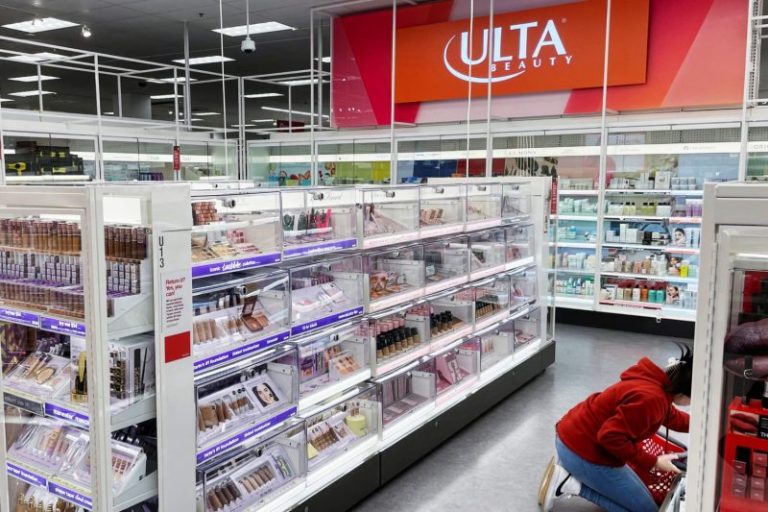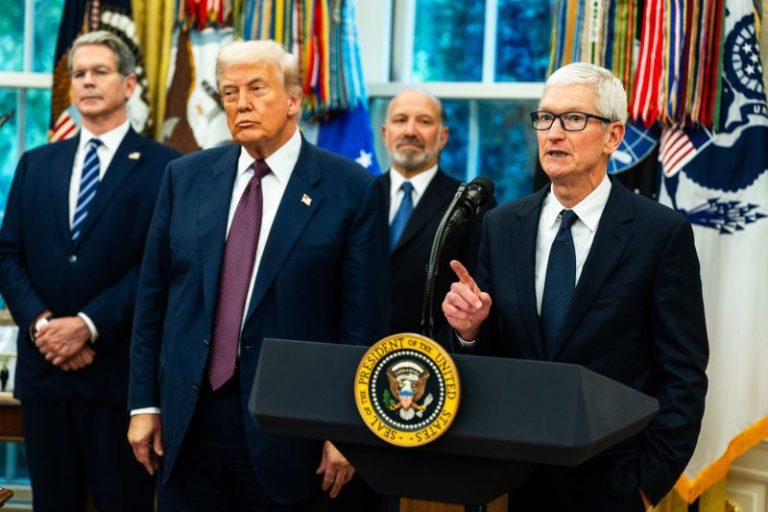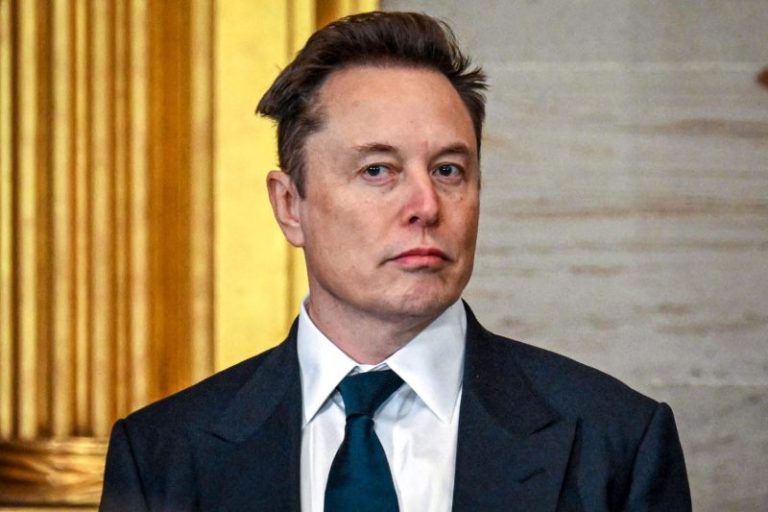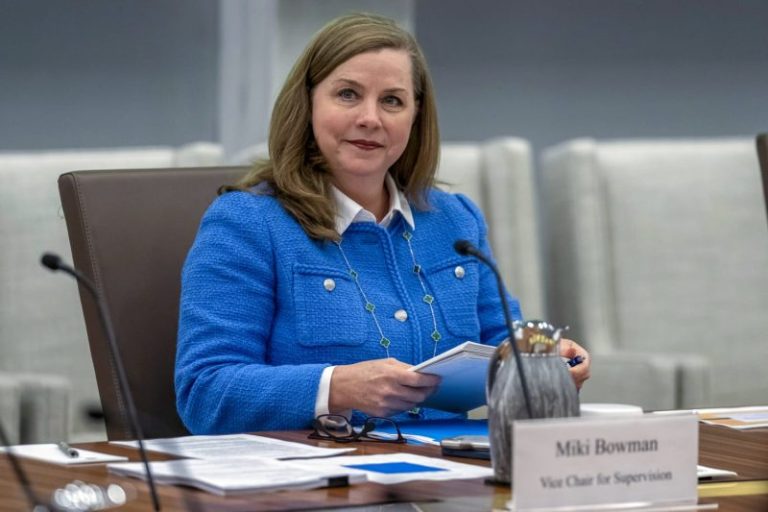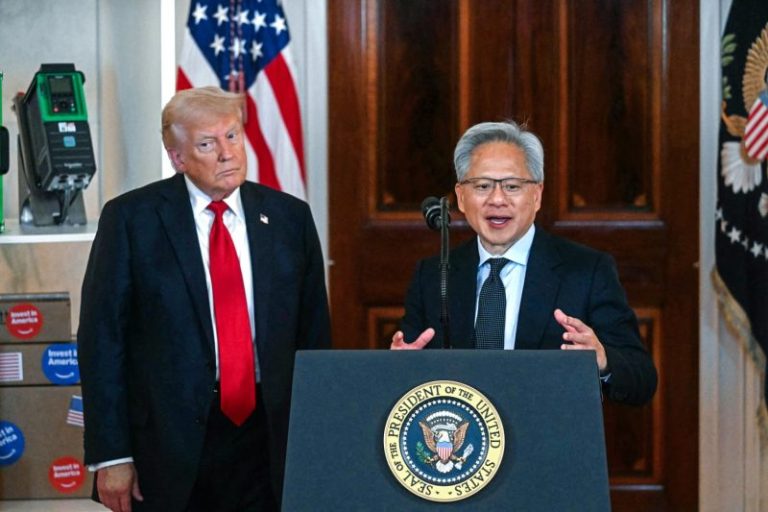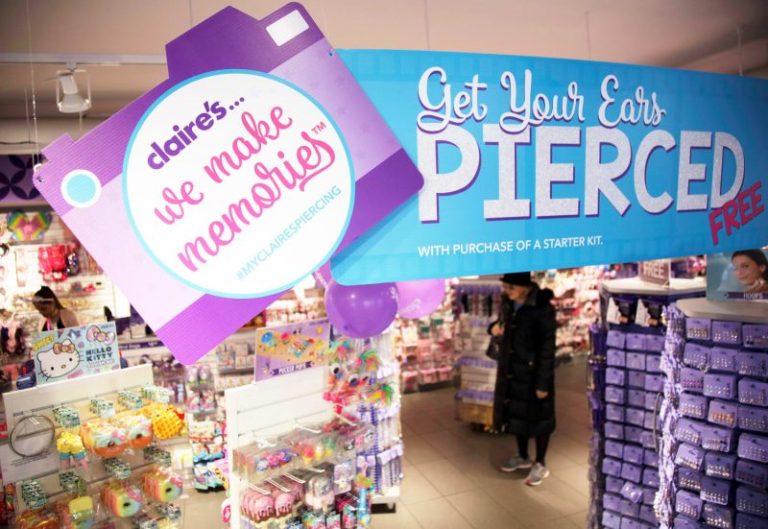Ulta Beauty and Target said Thursday that they have decided to end a deal that opened makeup and beauty shops in hundreds of Target’s stores.
Shares of Target fell about 2% in early trading, while Ulta’s stock slid about 1%.
In a news release, the companies said the partnership — which also added some of Ulta’s merchandise to Target’s website — will end in August 2026. Target had added more than 600 Ulta Beauty shops to its stores since 2021, according to a company spokesperson. That’s nearly a third of Target’s 1,981 U.S. stores.
Ulta Beauty at Target shops carried a smaller and rotating assortment of the merchandise at the beauty retailer’s own stores. They were staffed by Target’s employees.
The loss of the popular beauty retailer’s products could be another blow to Target as it tries to woo back both shoppers and investors. Target’s annual sales have been roughly flat for four years and it expects sales to decline this fiscal year. Shares of the company are worth less than half of what the were back in 2021, when they hit an all-time closing high of $266.39. It also has faced backlash over both its Pride collection and its rollback of key diversity, equity and inclusion initiatives.
Store traffic for Target has declined year over year nearly every week from the week of Jan. 27, days after the company’s DEI announcement, through the week of Aug. 4, according to Placer.ai, an analytics firm that uses anonymized data from mobile devices to estimate overall visits to locations. Target traffic had been up weekly year over year in the four weeks before Jan. 27.
The only exceptions to that trend were the two weeks on either side of Easter, when traffic rose less than 1% year over year, the firm’s data showed.
On earnings calls and in investor presentations, leaders of the Minneapolis-based company had touted Ulta’s shops and its trendy beauty brands as a way to drive store traffic.
At a investor presentation in New York City in March, CEO Brian Cornell highlighted beauty as a growth category for Target and cited it as reason for confidence in Target’s long-term business. He said the company had gained market share in beauty and its sales in the category rose by nearly 7% in the fiscal year that ended in early February.
Target’s CEO Brian Cornell, 66, is expected to depart the company soon. The longtime Target leader renewed his contract for approximately three years in September 2022 after the board scrapped its retirement age of 65.
David Bellinger, an analyst for Mizuho Securities who covers retailers, said in an equity research note on Thursday that Target’s “messy in-store operations” as well as issues with retail theft and insufficient staffing at stores likely contributed to the companies ending their partnership.
“Overall, we see losing the Ulta shop-in-shop relationship as a negative development and something else Target’s next CEO will have to grapple with,” he wrote.
In a statement on Thursday, Target Chief Commercial Officer Rick Gomez said the discounter is “proud of our shared success with Ulta Beauty and the experience we’ve delivered together.”
“We look forward to what’s ahead and remain committed to offering the beauty experience consumers have come to expect from Target — one centered on an exciting mix of beauty brands with continuous newness, all at an unbeatable value,” he said.
In a statement, Ulta’s Chief Retail Officer Amiee Bayer-Thomas described the Target deal as “one of many unique ways we have brought the power of beauty to guests nationwide.”
“As we continue to execute our Ulta Beauty Unleashed plans, we’re confident our wide-ranging assortment, expert services and inspiring in-store experiences will reinforce our leadership in beauty and define the next chapter of our brand,” she said.

